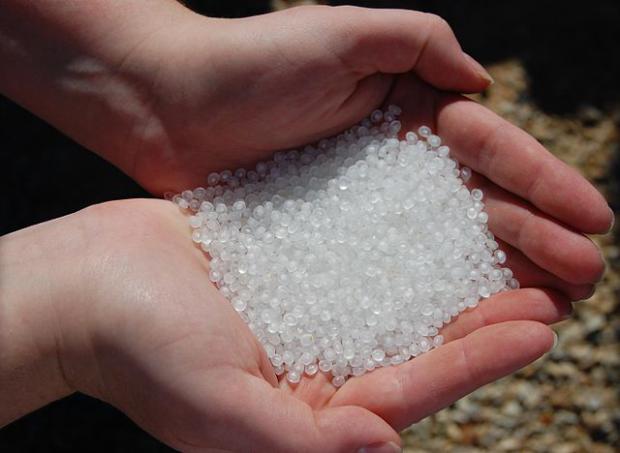
Breaking News
 Mirrored concrete for cheap solar energy
Mirrored concrete for cheap solar energy
 All Government Is Dictatorial Because All Government Is Totalitarian
All Government Is Dictatorial Because All Government Is Totalitarian
 Putin Says He's Ready for Peace
Putin Says He's Ready for Peace
 Medicaid Fraud in Minnesota at least $9 Billion Since 2018
Medicaid Fraud in Minnesota at least $9 Billion Since 2018
Top Tech News
 Perfect Aircrete, Kitchen Ingredients.
Perfect Aircrete, Kitchen Ingredients.
 Futuristic pixel-raising display lets you feel what's onscreen
Futuristic pixel-raising display lets you feel what's onscreen
 Cutting-Edge Facility Generates Pure Water and Hydrogen Fuel from Seawater for Mere Pennies
Cutting-Edge Facility Generates Pure Water and Hydrogen Fuel from Seawater for Mere Pennies
 This tiny dev board is packed with features for ambitious makers
This tiny dev board is packed with features for ambitious makers
 Scientists Discover Gel to Regrow Tooth Enamel
Scientists Discover Gel to Regrow Tooth Enamel
 Vitamin C and Dandelion Root Killing Cancer Cells -- as Former CDC Director Calls for COVID-19...
Vitamin C and Dandelion Root Killing Cancer Cells -- as Former CDC Director Calls for COVID-19...
 Galactic Brain: US firm plans space-based data centers, power grid to challenge China
Galactic Brain: US firm plans space-based data centers, power grid to challenge China
 A microbial cleanup for glyphosate just earned a patent. Here's why that matters
A microbial cleanup for glyphosate just earned a patent. Here's why that matters
 Japan Breaks Internet Speed Record with 5 Million Times Faster Data Transfer
Japan Breaks Internet Speed Record with 5 Million Times Faster Data Transfer
Microplastics are EVERYWHERE: Yes, even in your gut and the food you eat, warn scientists

These findings, which were published in the Annals of Internal Medicine, showed that people ingest at least 50,000 microplastics annually.
Despite the various studies on the adverse effects of microplastics on the environment and animal life, experts have yet to determine how exactly exposure to microplastics affects humans. However, researchers have expressed their worries about how microplastics can accumulate toxic chemicals, which may then enter the bloodstream once you consume tainted food or beverages like bottled water.
Microplastics and gut health
According to the researchers from the Medical University of Vienna (MedUni Vienna) in Austria who conducted the study, you ingest microplastics when you eat certain kinds of foods and beverages.
Study findings also showed that it's not just humans who unknowingly have microplastics in their bodies: Even aquatic animals are exposed to microplastics, which then enters your body when you consume fish and other kinds of seafood.
The researchers worked with participants from around the world. For the study, they examined stool samples taken from the volunteers. Results revealed that the samples contained nine different types of microplastics.
Philipp Schwabl, the study's lead researcher from MedUni Vienna, explained that as the first study of its kind, it confirms something experts have already suspected: that microplastics inevitably end up in the human gut.
Pieces of plastic and PET
Upon examining data from the eight participants who came from Austria, Finland, Italy, Japan, the Netherlands, Poland and Russia, the researchers discovered that all of the fecal samples contained hundreds of pieces of plastic.
The volunteers kept a food diary in the week before the researchers took stool samples. The diaries revealed that they were all were exposed to plastics by consuming plastic-wrapped foods or consuming beverages in plastic bottles. None of the participants were vegetarians, with six of them reporting that they consumed fish.

 Advanced Propulsion Resources Part 1 of 2
Advanced Propulsion Resources Part 1 of 2

